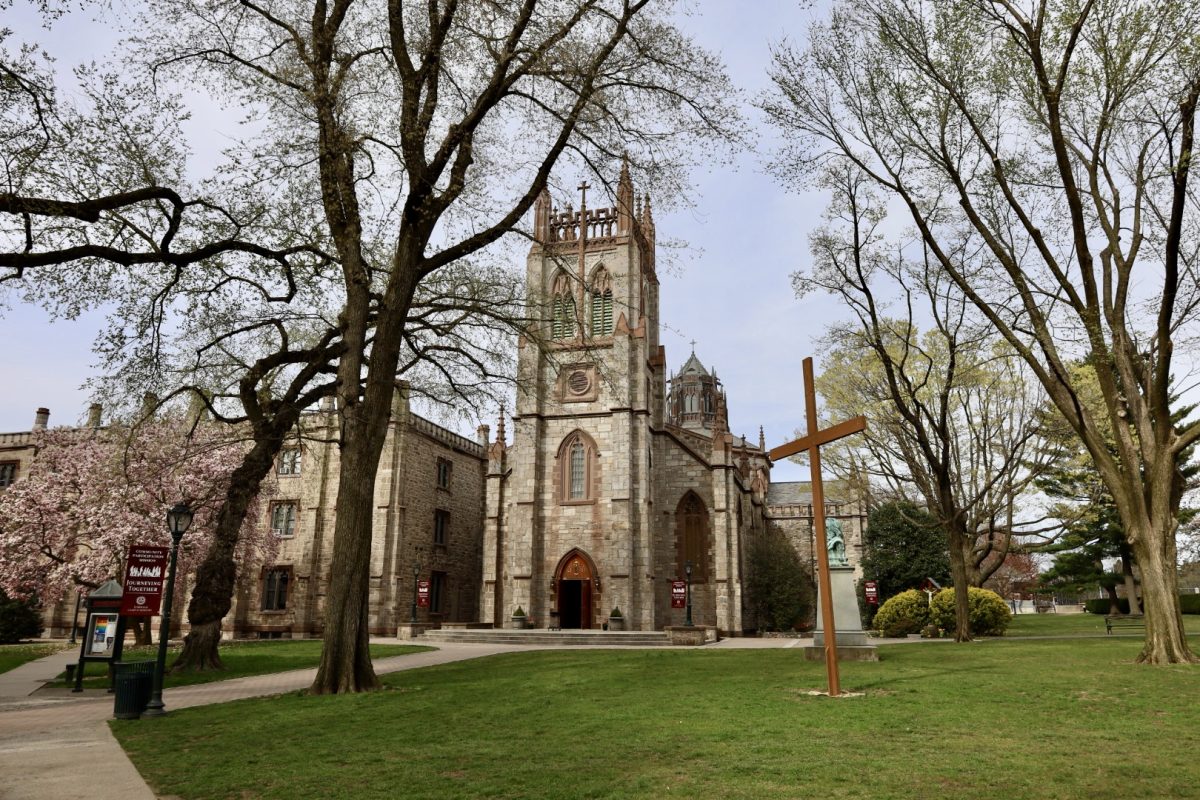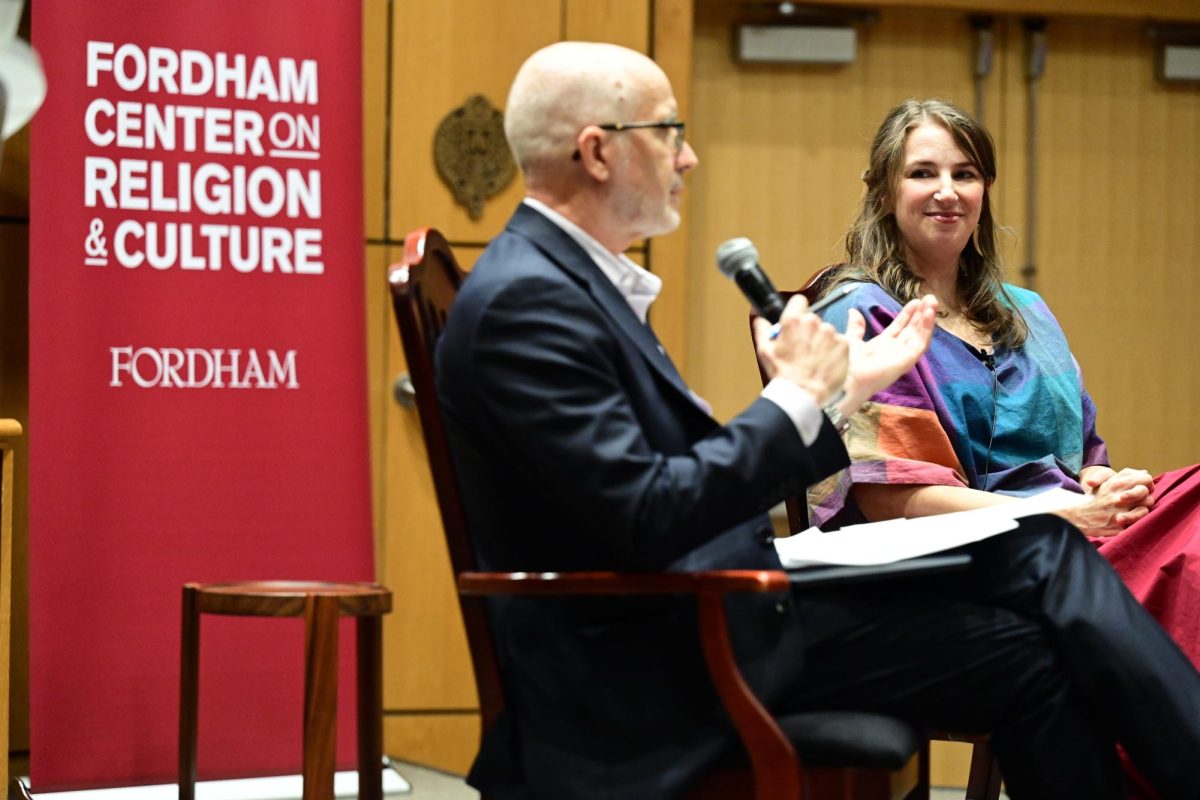
By Amanda Maile
The @Fordham_CSSBot account on Twitter appears defective. Every fifteen minutes, it spits out the same tweet (“On remote server. This is post number: 400”), with the exception of the post count. Ian Granger, FCRH ’17, president of Fordham’s Computer Science Society (CSS), said it’s no fluke. It is programming practice.
CSS, which is open to students of all majors, has access to some of the most innovative technologies available. Weekly workshops teach members about new technologies used in the professional world and guest speakers are brought in to discuss tech culture in New York City.
“Our club’s goal is to be the resource that students need, to keep up to date on the latest technologies and to understand how technology is shaping the world that we live in,” Granger said.
Granger put that understanding to use when he devised the two CSS bots that run on the same account. The first is a “simple” program which sends out a tweet every fifteen minutes and keeps track of how many times it’s tweeted. The second bot, a more complex coding projects, integrates with Gmail to track whenever it receives an email from some specific people.
“Once it receives an email, it tweets out the subject,” Granger said.
The club is highly popular on campus, and not just among computer science majors. Only two-thirds of the club study computer science in school.
“The rest of our members represent a wide range of majors; from Math and economics, to philosophy and psychology,” Granger said. “We see this wide range of interests because technology has become so culturally ubiquitous that everyone can benefit from a better understanding of computer science.”
One of the most successful ways CSS gets students to flex their programming muscles is by partaking in hackathons – 12-24 hour programming events at various colleges throughout the country. There, students are encouraged to design and create technologies, so long as they are not illegal.
“Hackathons are a great way to increase your programming knowledge, while also making connections in the industry, and with other New York schools,” Granger said.
CSS has access to highly coveted and expensive technology, such as a 3-D printer, though Granger said that students are not taking advantage of it. The printer is located in CSS’s club suite and is available to the entire student body but it goes largely untouched by students other than CSS members.
“It is extremely disappointing, as it is truly a game changing technology in design and manufacturing,” Granger said. “And it is a lot of fun to play with.”
Nevertheless, the club is moving forward with its technology projects. This year, CSS has been building a program that utilizes Gmail to search for events and create a calendar for users. Granger calls the second project “more technologically impressive,” the project is presented at the spring undergraduate research seminar.
“We are still ironing out the details of our project for next semester, but our goal is to use machine learning and natural language processing to create a playlist for a user based on their mood. This would be a multi-disciplinary project, requiring math, psychology and music majors,” Granger said.
Next month, the club will sell keychains made from the 3-D Printer to raise funds for the club and gain interest from prospective members.
The club is also producing leading technology specialists in the professional world as recent alumni have gone on to land impressive first jobs in the tech industry. Former member Aaron DeVera, FCRH ’16, is a cyber risk advisory consultant at Deloitte. Kenny Durkin, also FCRH ’16, landed as a product engineer at Tumblr right out of college.
Sam Joseph, FCRH ’16, a former computer science major, attributed his passion for computer science to activities such as teaching people how to build websites and using virtual reality programs.
“While my degree in computer science gave me the foundation I needed, the CSS was where I learned to love the computer science community,” Joseph said. “It is where I made most of my lasting friendships.”







































































































































































































